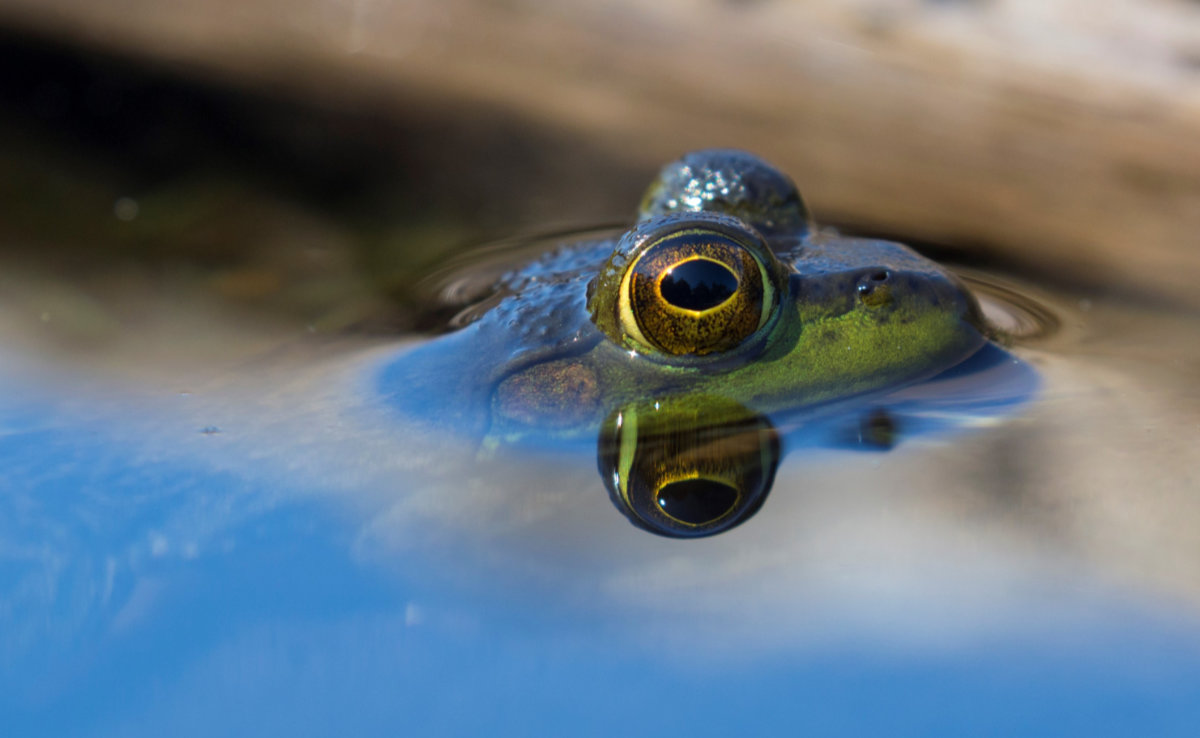Fancy a pond but don’t have much space? Now’s your chance to make waves with a small wildlife pond in your garden – which will not only look pretty but will also attract beneficial insects and other wildlife to your plot.
Gardeners across the UK are being urged to encourage wildlife with water, as ponds form this year’s Wild About Gardens challenge, from The Wildlife Trusts and the RHS.
The UK has lost ponds, rivers and streams at a rapid rate, and only a small amount of our natural ponds and wetlands remain, the charities warn.
Helen Bostock, senior horticultural advisor at the RHS, observes: “Even cheap container ponds made from upcycled materials will quickly be colonised by a whole host of creatures, and help form a living chain of aquatic habitats across the neighbourhood.”
Worried about water logging? How to look after your garden when wet weather strikes
How to make a small wildlife pond
Time needed: 1 day
Follow our step-by-step guide to learn how to make a small wildlife pond for your garden. Find our about the right type of container you’ll need, what types of plants work best, and how to maintain water levels to attract wildlife such as insects and frogs.
The entire project should take about a day – get your family to join in and help, too!
- Choose where to position your wildlife pond
Your small wildlife pond will need some sunlight, but not full sunlight all day. Make sure it’s in shade for some of the time. Light shade is fine and will reduce water loss. If you are thinking of placing it under a tree, a few fallen leaves aren’t a worry. However, heavy shade under a tree, together with lots of leaves blowing in, isn’t a good spot for a container pond.
A patio is ideal as it’s where you are likely to spend time watching all the wildlife come and go. But remember to add a wildlife ramp inside and out, and ideally cluster with other pots so amphibians such as frogs have a little cover while coming and going.
The best way to create shade is with another plant or two (they can be in pots), perhaps a Japanese maple or some tall grasses.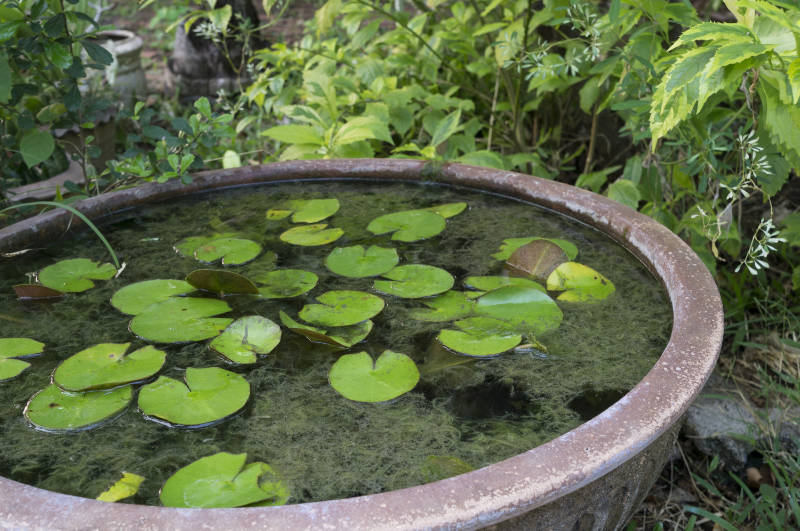
- Choose the right container for your pond
Be creative – is there anything you could upcycle, such as a washing-up bowl, wheelbarrow basin, sawn-off plastic dustbin, half barrel, rubber trug, large plant pot or sink?
You can easily recycle an old sink or bowl, but make sure it’s watertight. If you are using a garden container that has drainage holes in the bottom, use a piece of pond liner to cover the holes.
Unglazed terracotta containers may lose water through the sides very slowly, though quicker on hotter days. It depends on the quality of the terracotta. There will be a degree of water loss through evaporation, whatever the container.
Your pond will need a wide ‘neck’ so wildlife can get in and out. Other than that, the shape really doesn’t matter. Sink your pond or add a ramp for creatures to access.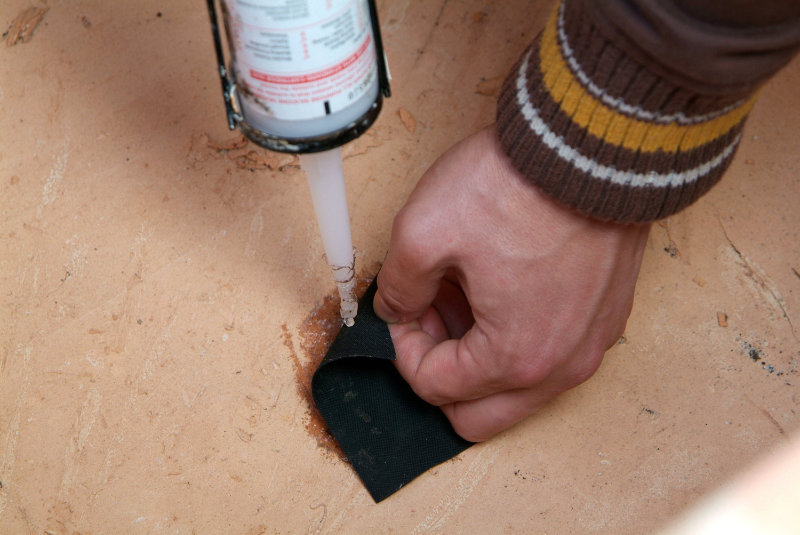
- Choose the right pond plants
Water forget-me-not and flowering rush are pretty. Other suitable specimens include waterlily (Nymphaea ‘Pygmaea Helvola’), Lesser spearwort (Ranunculus flammula) and Starwort (Callitriche stagnalis).
Avoid anything that is too invasive or vigorous. Water soldier and sweet flag are unsuitable for small ponds.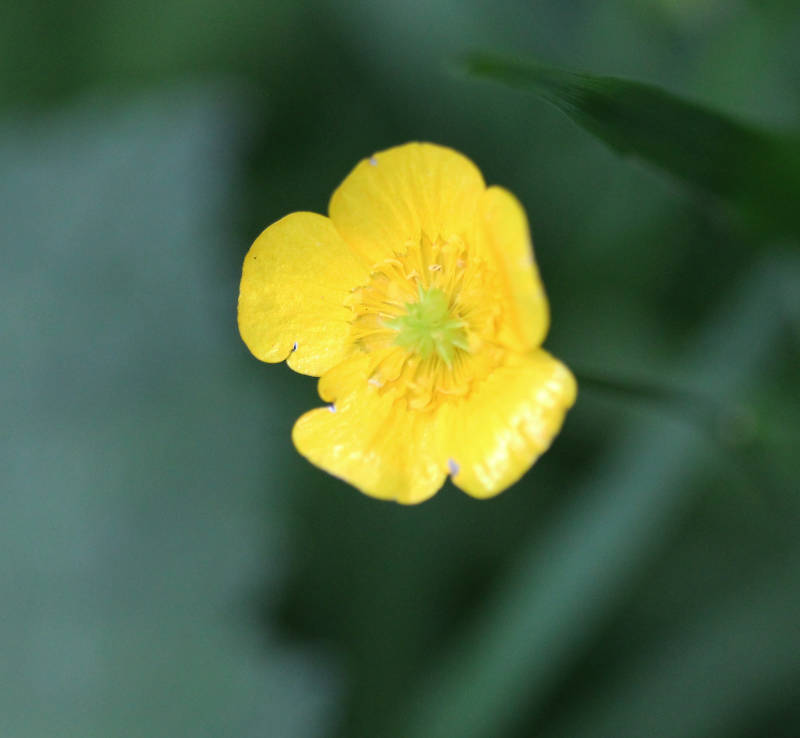
- Place your plants in baskets
Place aquatic plants in baskets lifted up to the correct level of the water by standing them on bricks, stones or other pots. Aquatic baskets are ideal as they allow plenty of water flow around the roots, although normal planting pots can work too.
Use aquatic compost, which can be bought from specialist aquatic nurseries. This is heavy (so plants won’t float away) but low in nutrients (so the water won’t turn green with algae).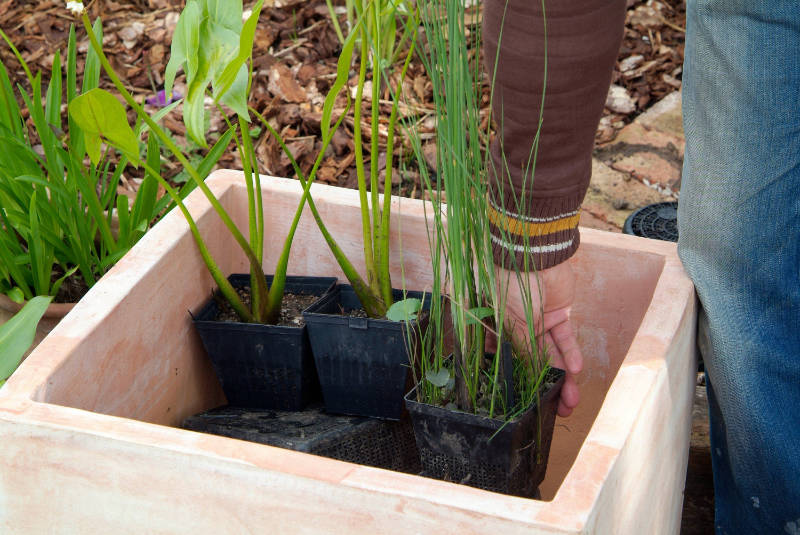
- Fill your small wildlife pond with rainwater
Install a water butt to collect rainwater with which to fill your pond, and continue to use this water to top up if levels drop. Check on levels a couple of times a week in hot weather and top up as needed.
But don’t panic – even if the levels drop to halfway, most creatures will survive. If desperate, just use tap water, but this contains nutrients so it’s not a good idea to regularly top up with this.
You won’t need a pump in a mini-pond to stop the water stagnating. It may go a little green at first or before the plants fill out, but it will settle down.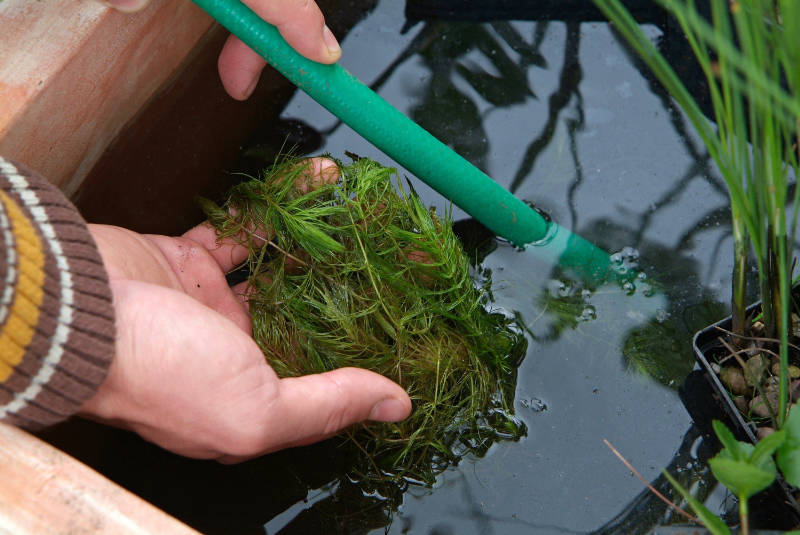
- Tackle weed problems
If you get blanket weed, remove it by hand or use a barley straw extract available from pond specialist companies. Water in a wildlife pond will usually settle into a balance without needing a lot of treatments.
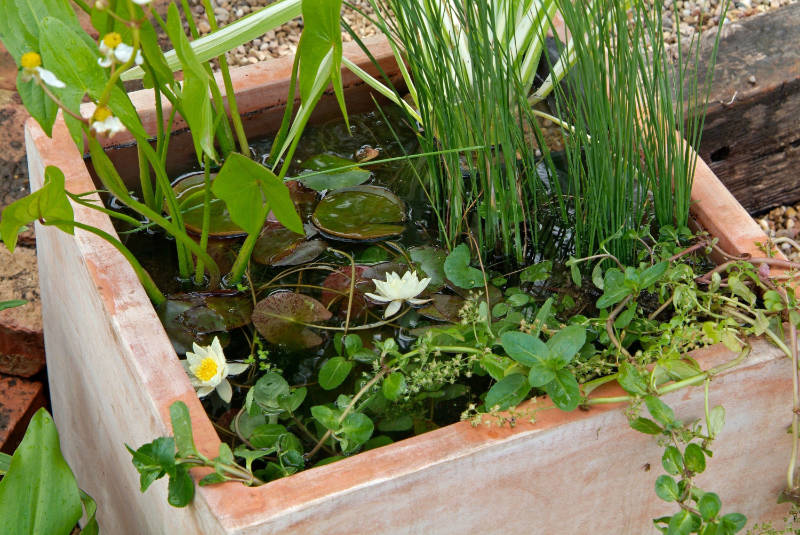
For more information, download the Big or Small, Ponds for All booklet – a step-by-step guide to creating the perfect pond at Wild About Gardens.























































